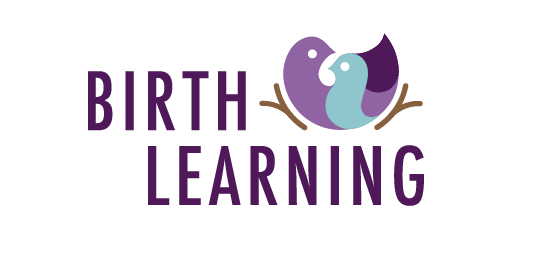Pushing is referred to as the second stage of labor. For mothers delivering their first baby it is common to push for 1-3 hours. This first baby is a “trail blazer” and works hard to make his or her way down the birth path. If a woman chooses to have a second baby, the pushing stage is likely going to be much shorter, sometimes 10 to 20 minutes. While pushing with a first baby it is important to change positions during the pushing time. The baby is trying his/her hardest to find the best path downward and out. As a woman moves and changes positions more options for a “best fit” in the pelvis are created. It is also important to remember to keep the bladder empty as a full bladder can sometimes inhibit a baby’s descent. Using the bathroom is a great way to change position. It is fine to use some of that 1-3 hours pushing in different positions: standing, on the ball, squatting, kneeling, on the commode, in the water. Being upright and using gravity is very helpful. The pushing stage also feels much different that the dilation stage of labor. Pushing is a welcome change in sensation after dilation is complete. With the type of labor that dilates the cervix a woman needs to work to relax and “stay out of the way” while the uterus does its job. With pushing it is a welcome relief to be able to do something—push! Likely your body will guide you on just how to push. It can be an incredibly strong sensation, something your body just does, with or without you. Although it is a welcome change of sensation, many women are surprised at how much work it requires to push a baby out. It is physically challenging but it is also the final stretch and knowing that often provides the motivation to keep going. As the baby moves lower into the pelvis a woman will feel more pressure and birth will eventually relieve that pressure. An intense part of the pushing process comes when the baby’s head crowns. The baby has made it past the pubic bone and is now on the pelvic floor. The birth opening is going to stretch to allow the baby’s head to be born. As this happens a natural anesthesia actually slows blood flow and nerve sensation to the immediate area. While the intensity increases, the full stretch is not felt. A care provider will carefully guide you through the emerging of the baby’s head. At that time it is best for your tissues to allow the baby to gently ease out, rather than to blast out. Small pushes or grunts and little breaths can help the baby come out smoothly. After the baby’s head is out he or she will make one final rotation, usually to the mother’s left thigh, so their shoulders can best fit out and the body easily follows. It is a pretty incredible moment and make all the work well worth it!
Whispers of Hope: Nurturing Life Amidst the Shadows of Loss
This time of year has me thinking of a bittersweet story in my doula career. We had a client who was due with her first baby in mid-February. On December 21 she presented with preeclamptic symptoms that warranted an early induction at 33 weeks gestation. This client...




